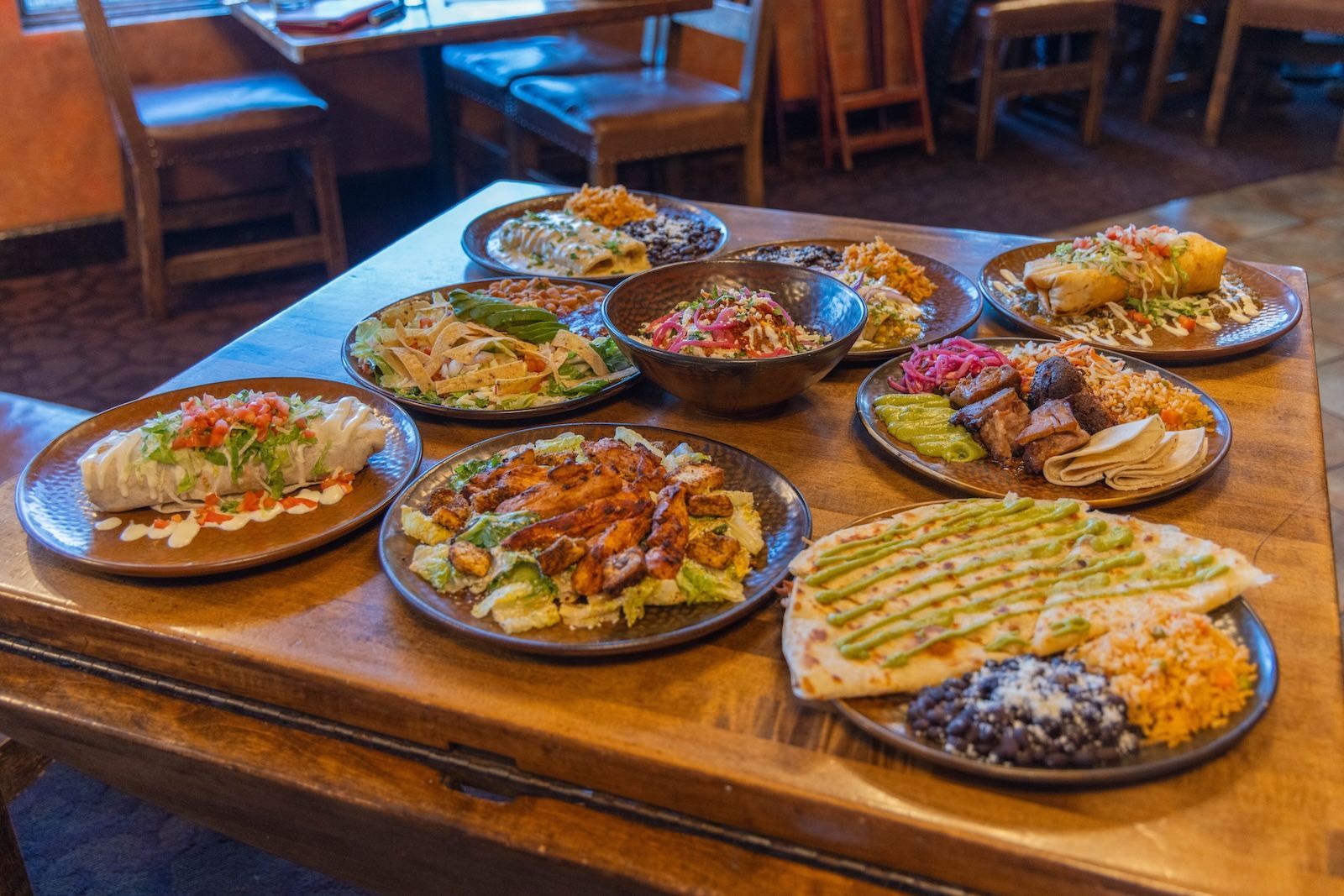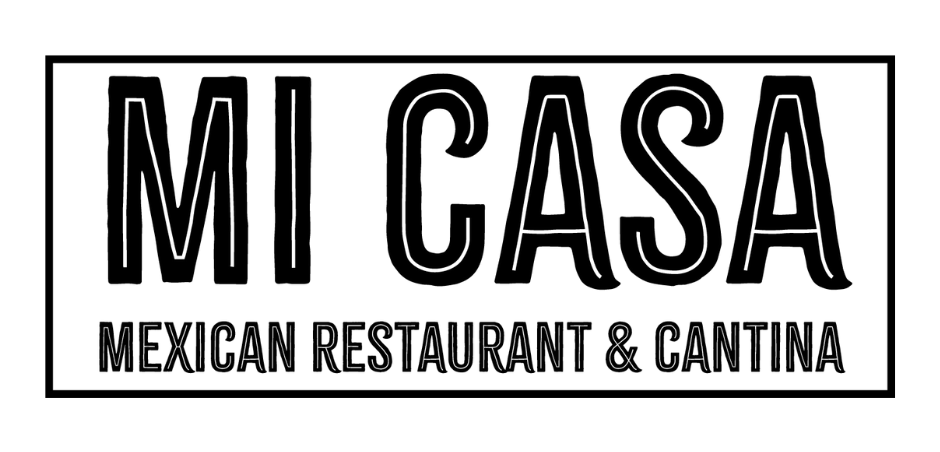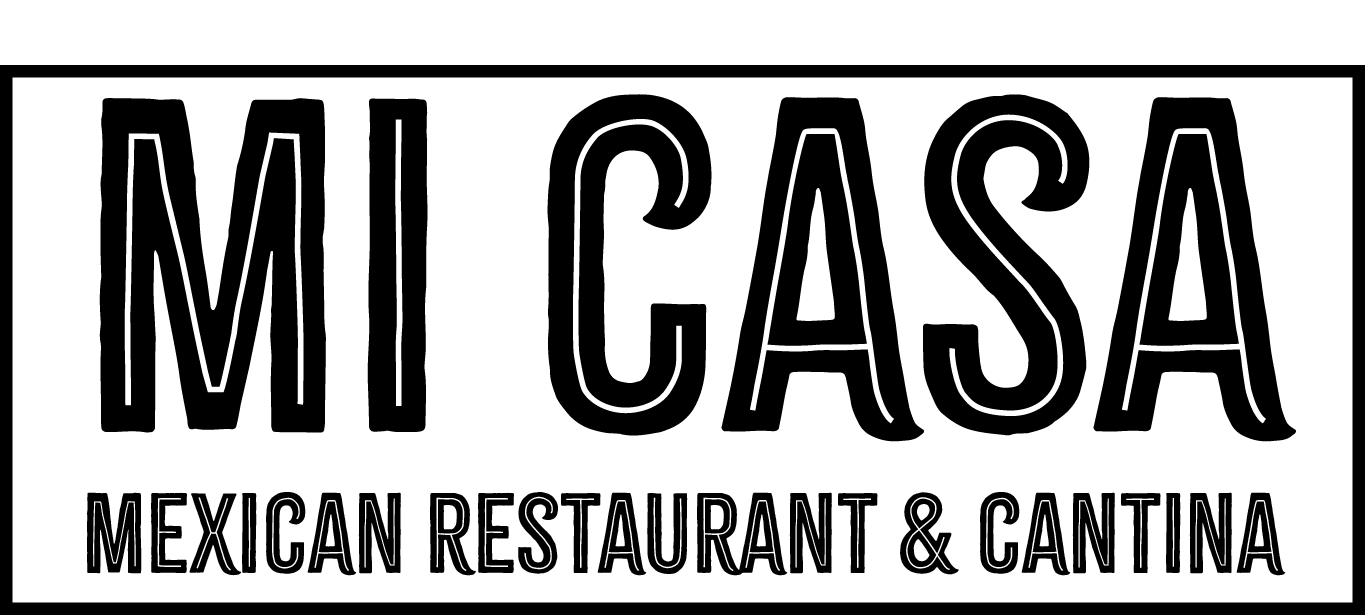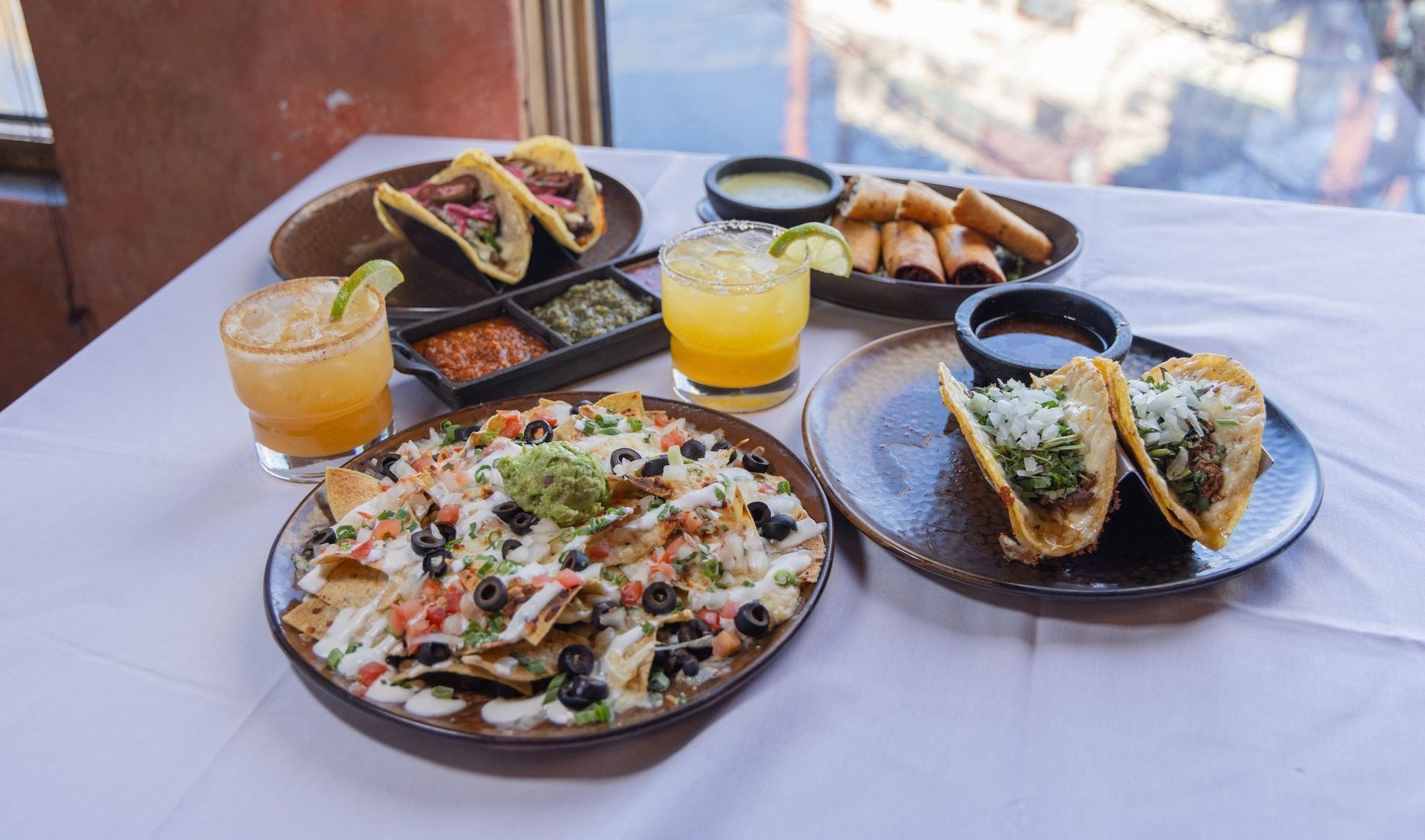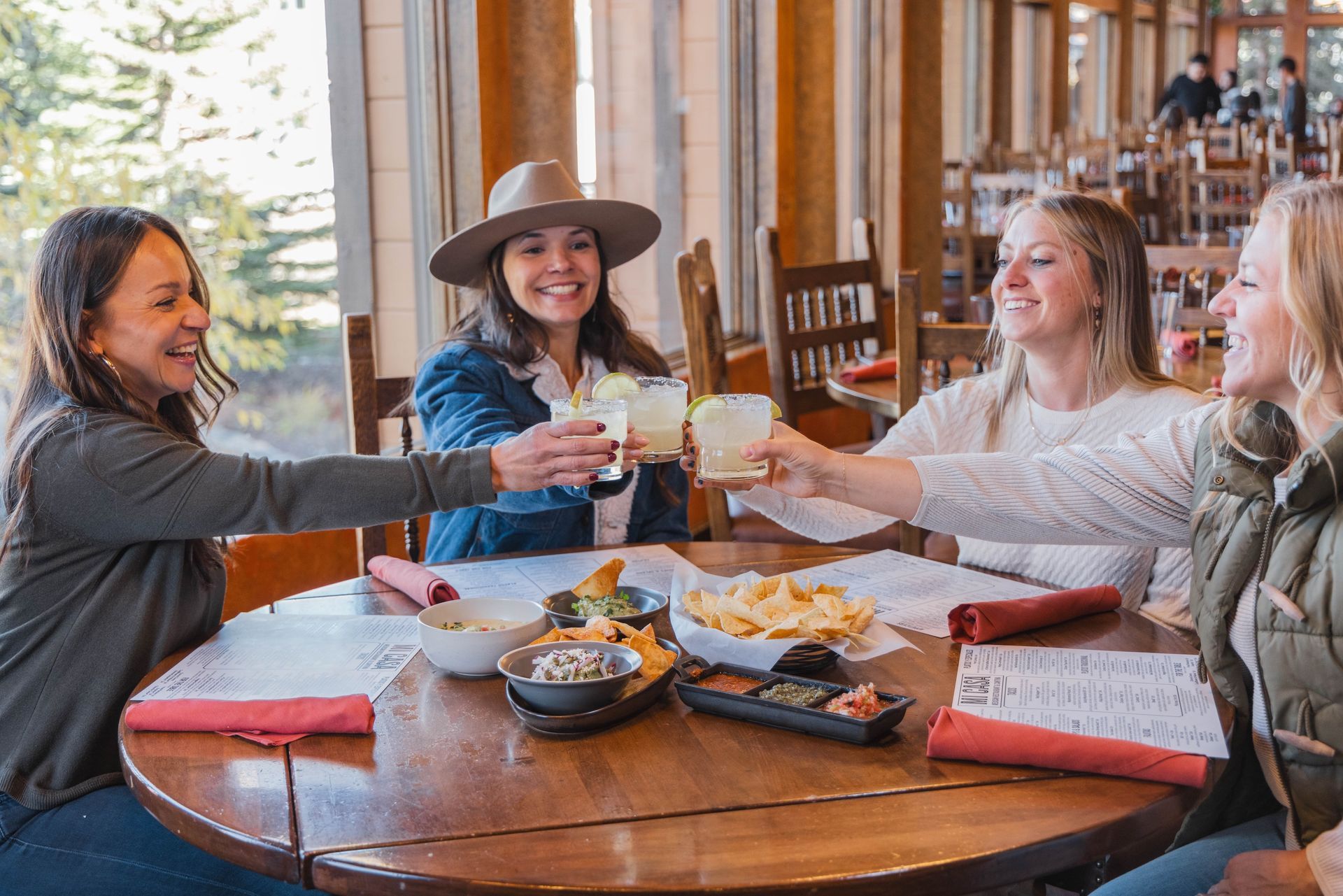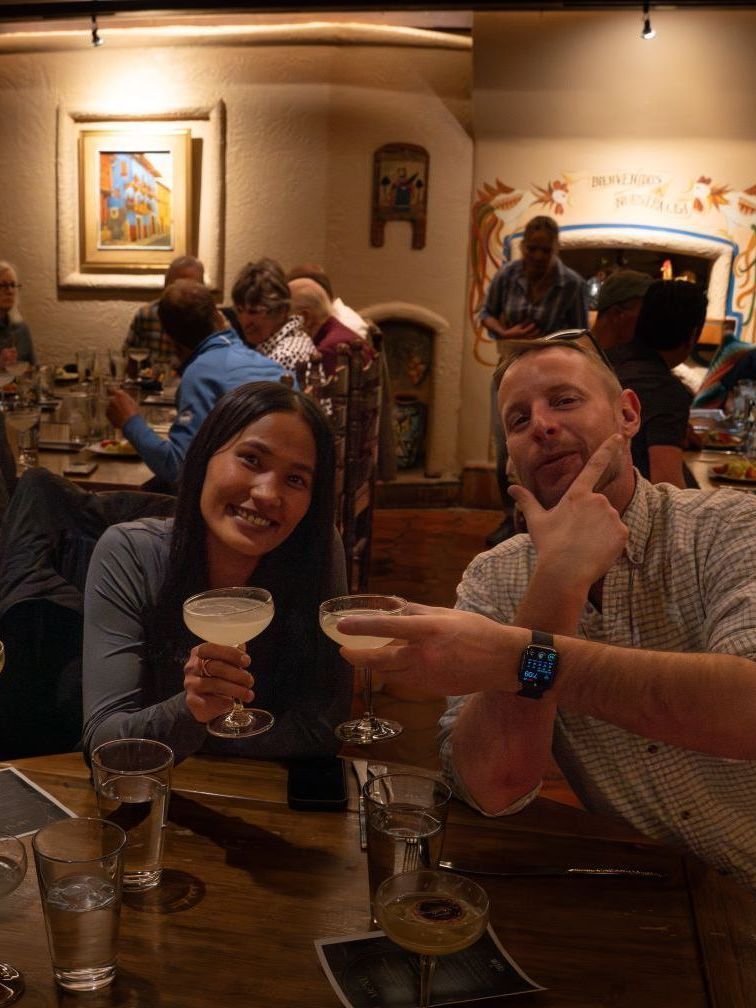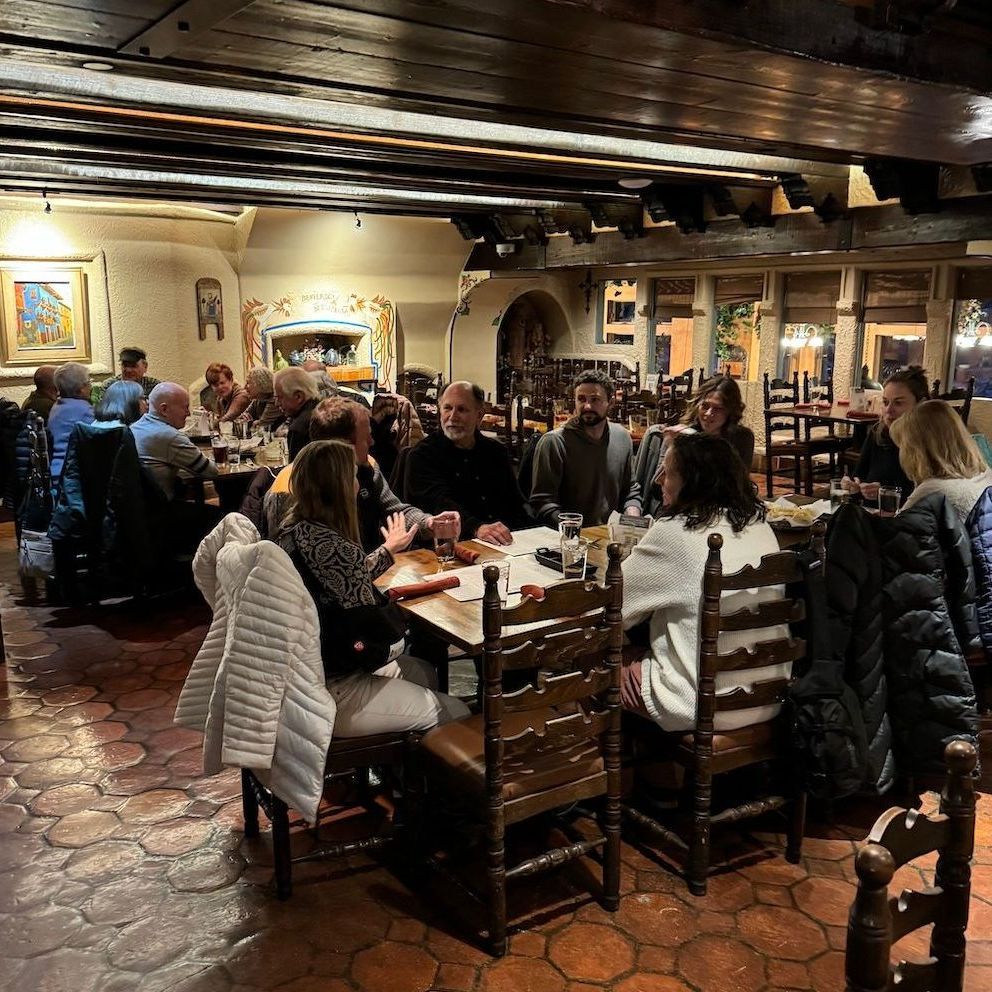Traditional Mexican Dishes Explained - Complete Guide
Traditional Mexican dishes are much more than just food - they're a window into thousands of years of rich culture and history. These authentic recipes tell the story of ancient civilizations, Spanish influence, and family traditions passed down through generations. From the sacred corn-based tamales to complex mole sauces, each dish carries deep meaning and incredible flavors that have made Mexican cuisine beloved worldwide.
Mexican food goes far beyond the basic tacos and burritos many people know. The real treasure lies in understanding how these dishes connect to Mexico's past and present. Each region has its own special way of making these classics, creating a diverse food landscape that's both simple and complex at the same time.
The Foundation of Mexican Cuisine
Corn: The Sacred Grain
Corn, or maize, forms the heart of all Mexican cooking. This sacred grain has been grown in Mexico for over 7,000 years. The ancient Maya and Aztec people believed corn was so important that they thought humans were created from it.
A special process called nixtamalization turns dried corn into masa (dough). This ancient technique uses lime to make the corn more nutritious and easier to digest. This masa becomes the base for tortillas, tamales, and many other Mexican dishes.
The Three Sisters - corn, beans, and squash - were the main foods that kept ancient Mexican civilizations strong and healthy. These three crops grew together and provided all the nutrients people needed to survive.
Chiles: The Soul of Mexican Food
Chiles are indigenous to Mexico and have been used for thousands of years. They're not just about heat - they add incredible flavors that make Mexican food special. In ancient times, people in cities like Teotihuacán and Monte Albán ate chiles every day.
There are dozens of different types of chiles in Mexico. Some are mild and sweet, while others bring serious heat. Each type adds its own unique taste to dishes. Many dishes in Mexico are defined more by their chile sauces than by the meat or vegetables they contain.
Spanish Influence Changes Everything
When Spanish explorers arrived in the 16th century, they brought new ingredients like rice, wheat, pork, beef, and dairy products. This mixing of Spanish and indigenous foods created the Mexican cuisine we know today.
The Spanish also introduced new cooking methods like frying and baking. Before this, indigenous people mainly boiled, steamed, or roasted their food. This combination of old and new techniques made Mexican cooking even more diverse and interesting.
Essential Traditional Mexican Dishes
Tacos: More Than Just Fast Food
Real Mexican tacos are nothing like what you might find at fast-food chains. The practice of wrapping food in tortillas goes back to ancient Mayan people, who rolled corn tortillas around fish. Traditional tacos use small corn tortillas (never hard shells) filled with carefully prepared meats and simple, fresh toppings.
Tacos al Pastor are probably Mexico's most famous tacos. Surprisingly, these came from Lebanese immigrants who brought their shawarma cooking style to Mexico in the 1800s. Mexican cooks changed the lamb to pork and added their own spices and pineapple.
Street tacos are the real deal - they're made with two small corn tortillas, perfectly seasoned meat, and simple toppings like onions, cilantro, and lime. The best part is that they're meant to be eaten with your hands while standing on the street corner where they're made.
Mole: The Crown Jewel of Mexican Cooking
Mole is often called Mexico's national dish, and for good reason. This complex sauce can contain up to 30 different ingredients, including various chiles, nuts, fruits, spices, and sometimes chocolate. Making traditional mole can take days and requires incredible skill.
There are many different types of mole, each with its own color and flavor profile:
- Mole Poblano : The most famous, with its dark red-brown color
- Mole Negro : A rich, dark sauce from Oaxaca
- Mole Verde : Made with green ingredients like tomatillos and herbs
- Mole Amarillo : A yellow mole with a lighter, brighter taste
The first written mole recipes appeared after 1810, when Mexico became independent. Most food experts believe mole originated in the states of Puebla and Oaxaca.
Tamales: Ancient Portable Food
Tamales are one of Mexico's oldest foods, dating back 8,000 to 5,000 years. These corn dough packages were perfect for ancient people because they lasted long and were easy to carry while traveling.
Making tamales is traditionally a family event called a "tamalada," where multiple generations come together to prepare hundreds of tamales at once. Everyone has a job - some make the masa, others prepare fillings, and others wrap the tamales in corn husks or banana leaves.
Different Types of Tamales:
- Sweet tamales with cinnamon and fruit
- Savory tamales with pork, chicken, or vegetables
- Regional varieties like Oaxacan tamales wrapped in banana leaves
- Corundas from Michoacán, which are triangular-shaped and very special to that region
Pozole: The Sacred Soup
Pozole is an ancient soup that dates back to the Aztecs. The main ingredient is hominy - special corn kernels that have been treated with lime. The Aztecs believed corn was sacred, which explains why pozole was saved for special occasions.
This hearty soup comes in three main types:
- Pozole Rojo : Made with red chiles for a rich, spicy broth
- Pozole Verde : Uses green ingredients like tomatillos and herbs
- Pozole Blanco : A white version without additional chile sauces
Pozole is served with lots of fresh toppings that you add yourself - shredded cabbage, sliced radishes, diced onions, lime wedges, and crushed chile peppers. It's comfort food that brings families together, especially during holidays and celebrations.
Enchiladas: Rolled and Sauced Perfection
The word "enchilada" means "in chili," and these rolled tortillas have been popular since the 19th century. The concept is simple but delicious - corn tortillas are filled with meat, cheese, or beans, then rolled up and covered in chile sauce.
Popular Enchilada Styles:
- Enchiladas Rojas: Covered in red chile sauce
- Enchiladas Verdes: Made with green tomatillo sauce
- Enchiladas Suizas: "Swiss-style" with cream and cheese
- Enchiladas Mineras: "Miner's enchiladas" from Guanajuato, made extra hearty for hard-working miners
The key is in the sauce - it should be flavorful and not too thick, coating the tortillas perfectly without making them soggy.
Regional Specialties and Lesser-Known Gems
Chiles Rellenos: Stuffed Pepper Perfection
Chiles en Nogada is a special dish that represents the colors of the Mexican flag. Poblano peppers are stuffed with meat and fruits, covered in white walnut sauce, and topped with red pomegranate seeds. This dish is traditionally served during Mexican Independence Day celebrations in September.
Regular chiles rellenos are poblano peppers stuffed with cheese, coated in egg batter, and fried until golden. They're served with tomato sauce and are a perfect example of how Mexican cooks can turn simple ingredients into something amazing.
Cochinita Pibil: Yucatecan Treasure
Cochinita Pibil is a traditional slow-roasted pork dish from the Yucatán Peninsula with Mayan origins. The pork is marinated in citrus juices and achiote paste (which gives it a bright orange color), then wrapped in banana leaves and cooked slowly.
The word "pibil" refers to the traditional cooking method where food is wrapped in banana leaves and cooked in a pit oven. This ancient technique creates incredibly tender, flavorful meat that falls apart at the touch of a fork.
Ceviche: Fresh Coastal Flavors
While ceviche originally comes from Peru, it's become very popular throughout Mexico, especially in coastal areas. This refreshing dish features raw fish or shrimp "cooked" in lime juice, mixed with tomatoes, onions, cilantro, and chiles.
The acid in the lime juice changes the texture of the seafood, making it firm and opaque like it's been cooked with heat. It's perfect for hot weather and showcases the fresh flavors of the sea.
How Mexican Cuisine Became UNESCO Heritage
Traditional Mexican cuisine was recognized by UNESCO as an Intangible Cultural Heritage of Humanity. This honor recognizes that Mexican food is more than just recipes - it's a complete cultural system that includes farming, cooking techniques, and community traditions.
This recognition helps protect traditional Mexican cooking methods and ingredients for future generations. It also acknowledges that Mexican cuisine represents thousands of years of cultural development and innovation.
Preserving Traditional Methods
The ancient process of nixtamalization is over 3,500 years old and is still used today to make authentic tortillas and tamales. This technique not only improves the nutritional value of corn but also gives it the distinctive flavor and texture that makes Mexican food special.
Traditional cooking tools like the molcajete (stone mortar and pestle) and comal (flat griddle) are still essential for creating authentic flavors and textures that modern equipment can't replicate.
Modern Mexican Cuisine vs. Traditional Dishes
What Makes It Authentic
Mexican regional home cooking is completely different from the food served in most Mexican restaurants outside Mexico, which is usually some variety of Tex-Mex. Real Mexican food focuses on:
- Fresh, simple ingredients prepared with traditional techniques
- Corn tortillas (not flour) for most dishes
- Complex sauces made from scratch
- Minimal use of cheese (unlike American Mexican food)
- Emphasis on chiles for flavor, not just heat
Understanding the Differences
Many dishes that Americans think are "Mexican" are actually Tex-Mex creations. Hard shell tacos, burritos smothered in cheese, and nachos are American inventions. Real Mexican food tends to use less cheese and focuses more on the natural flavors of chiles, herbs, and properly prepared corn.
Celebrating Mexican Food Culture
Food as Community
In Mexico, food is never just about eating - it's about bringing people together. Making tamales, for example, is a social event where families gather to prepare hundreds together, sharing stories and strengthening bonds.
Many Mexican celebrations center around specific foods. Day of the Dead features special breads and sugar skulls, Christmas brings families together for tamales and pozole, and weddings might feature elaborate mole dishes that take days to prepare.
Seasonal and Holiday Foods
Mexican cuisine follows the seasons and celebrates holidays with special dishes:
- Christmas : Tamales, pozole, and ponche (warm fruit punch)
- Day of the Dead : Pan de muerto (special bread) and favorite foods of deceased relatives
- Easter : Fish dishes and special sweets
- Independence Day : Chiles en nogada with flag colors
Final Thoughts
Traditional Mexican dishes represent one of the world's great cuisines, combining ancient wisdom with incredible flavors. From the sacred corn that forms the base of so many dishes to the complex moles that can take days to prepare, each recipe tells a story of culture, history, and family traditions.
Understanding these dishes helps us appreciate not just their delicious flavors, but also the rich heritage behind every bite. Whether you're enjoying street tacos, savoring a bowl of pozole, or marveling at the complexity of mole, you're participating in thousands of years of culinary tradition.
At Mi Casa Restaurant in Breckenridge , we're proud to continue these traditions, bringing authentic Mexican flavors to the beautiful Colorado mountains. Come experience the real taste of Mexico with dishes prepared using time-honored techniques and the freshest ingredients. Visit our menu to discover traditional favorites and regional specialties, or make a reservation to join us for an authentic Mexican dining experience that honors these incredible culinary traditions.
